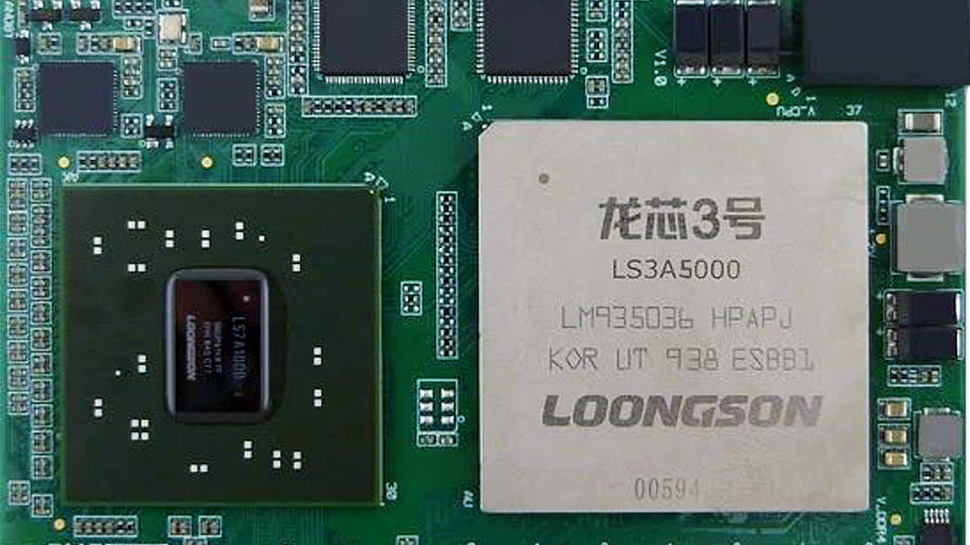Chinese processor developer Loongson Technology this week announced that it had developed its own CPU instruction set architecture (ISA), Loongson Architecture (LoongArch) that has nothing to do with architectures designed outside of China. Surprisingly, the first processors based on the new architecture have already been taped out and will be released commercially this year.
For many years Loongson’s processors relied on different versions of the company’s LoongISA architecture, which were subsets of the MIPS64 architecture. This approach allowed the company to maintain compatibility with software developed for MIPS64 (which includes software for supercomputers) and also introduce its own extensions to boost performance in modern applications.
By contrast, LoongArch is said to feature almost 2,000 of proprietary instructions. Meanwhile, the company said that it had removed outdated instructions not suitable for modern hardware designs to ensure low power consumption and simpler designs. In addition to the base instruction set, LoongArch features binary conversion extension instructions (LBT), vector processing extension instructions (LSX), advanced vector processing extension instructions (LASX), and virtualization extension instructions (LVZ), reports PC Watch.
Apparently, the first CPUs to use the LoongArch are Loongson’s quad-core 3A5000 for client PCs and 16-core 3C5000 for multiprocessor servers. Previously Loongson called these processors ‘MIPS64-compatible’, so they can execute programs originally developed for previous-generation Loongson processors that relied on a superset of the MIPS64 architecture. The Loongson 3A5000 is set to ship in the first half of 2021, whereas the 3C5000 is projected to be available towards the end of the year, according to a previous report.
Loongson Technology has released its LoongArch infrastructure instruction system manual to some interested parties for evaluation, but is yet to publish it for a broader audience of software developers. Also, the LoongArch is currently evaluated by the Chinese IP agency.
China has been striving for semiconductor self-sufficiency for years now and even created its Made in China 2025 program that set the time-frame by which this self-sufficiency is set to be achieved. Analysts are skeptical that China will be self-sufficient by 2025 as far as semiconductors are concerned, but the country is moving towards its goal.
A proprietary CPU ISA is certainly a step towards self-sufficiency as Loongson no longer has to rely on Arm, MIPS, x86, RISC-V or other Western processor architectures. However, only time will tell whether the company can actually develop a competitive ecosystem for its LoongArch.
It is noteworthy that Loongson Technology has once announced plans to transit to open-source RISC-V, so if LoongArch fails, the company will have a plan B.
